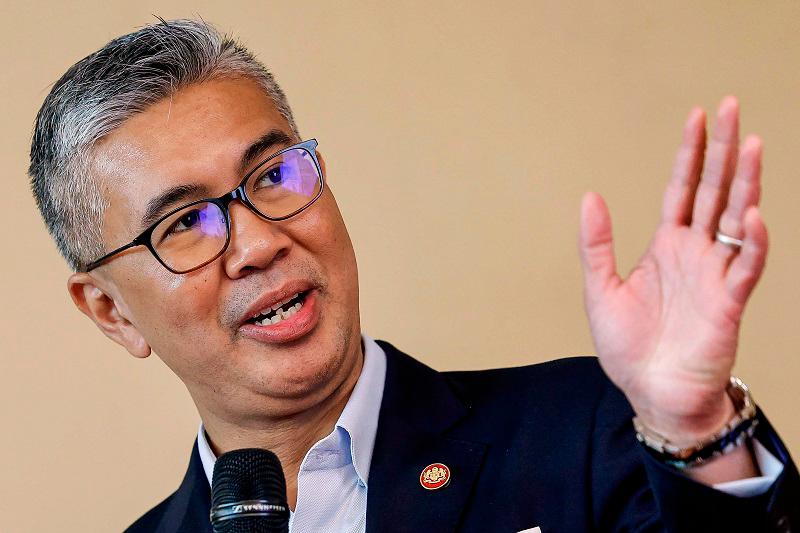KUALA LUMPUR: The Investment, Trade and Industry Ministry (MITI) aims to attract RM300 billion worth of green investments by 2030 to achieve Malaysia’s net zero emission commitments.
MITI Minister Tengku Datuk Seri Zafrul Abdul Aziz said Malaysia achieved realised green investments of about RM40 billion between 2017 and 2023.
“In the Green Investment Strategy (GIS), we plan to increase it to RM300 billion up to 2030. That is a very aggressive target but that is the target we need to achieve.
“This is a 7.5 times increase that we need, and this is in line with the National Energy Transition Roadmap, which aims to achieve RM300 billion over the next decade so that we can achieve net zero carbon emission by 2050,” he told a Green Investment Strategy media conference here today.
According to him, the Green Investment Strategy was designed, taking into account various key policies to ensure a holistic, complementary approach with no overlapping.
It complements the country’s long-term policies such as the 12th Malaysia Plan and MADANI Economic framework, setting the direction for an inclusive and sustainable economic development.
As for Budget 2025, Tengku Zafrul said local companies need Finance Ministry incentives to make that transition into green energy.
For example, factories that lack efficiency will result in more carbon emissions. They need to invest in newer technology to improve efficiency.
“ That is an investment cost. If possible, we want to look into how local companies and small and medium enterprises benefit from the incentives or lower funding to make that transition,” he added.
In terms of socio-economic growth, Tengku Zafrul said the Green Investment Strategy is expected to contribute RM80 billion to the gross development product (GDP) and create 350,000 high-skilled jobs by 2030.
Zafrul also said MITI will work with Bank Negara Malaysia to expand the criteria and scope of green financing.
“We want to enlarge the criteria as well as financing scope to make it more inclusive, especially among small and medium-sized enterprises who faced challenges meeting financing conditions,“ he added.









